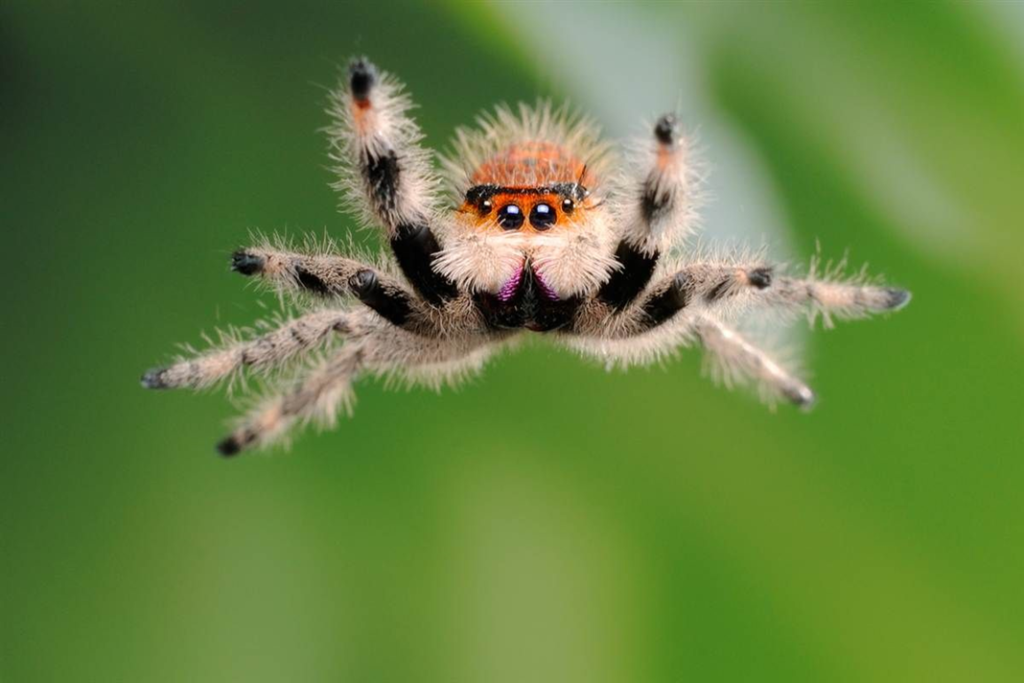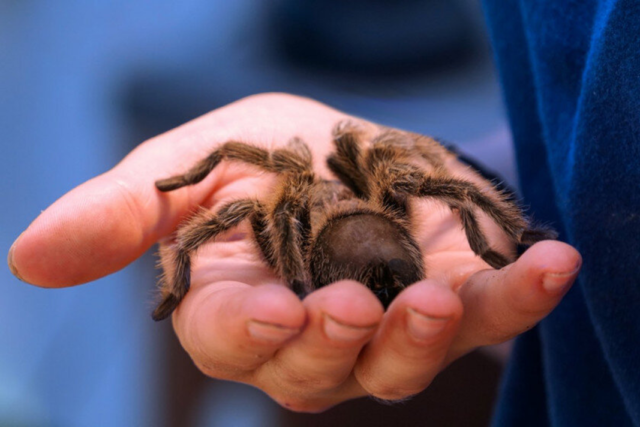Recent years have witnessed an interesting phenomenon in pet ownership: the rise of jumping spiders as beloved and desirable companions. While traditional pets such as dogs, cats and fish remain the preferred choices, increasing numbers of enthusiasts are turning towards these micro arachnids as companions – but why have so many taken a liking to them? In this article we dive into their fascinating world to uncover why they have become popular companions and what makes them unique companions.
The Allure of Jumping Spiders
Jumping spiders belong to the family Salticidae and there are over 6,000 species around the globe. Jumping spiders are known for their extraordinary vision, agile movements and vibrant personalities; unlike other spider species they tend to be active during daylight hours, making them even more engaging for owners to observe!
One of the primary factors contributing to their growing popularity is their unique behavior. While spiders typically portray themselves as solitary and intimidating creatures, jumping spiders exhibit playful curiosity and curiosity towards their environment in ways other spiders do not, often appearing to “dance” or explore with curiosity in mind.
Jumping spiders possess an incredible capacity for owner recognition and even “memory recall.” Some owners report that their spiders follow them around or respond when they enter a room, creating an extraordinary bond among invertebrate pets. With their combination of intelligence, curiosity, and responsiveness, jumping spiders make an excellent pet that requires minimal upkeep but provides endless entertainment!
The Appeal to a New Generation of Pet Owners
Jumping spiders as pets have seen their popularity increase alongside changing attitudes among pet owners. Modern owners increasingly seek animals that require minimal care while providing companionship – jumping spiders fit this bill perfectly, as they require minimal space, have straightforward dietary requirements, and don’t require walking or bathing!
Jumping spiders make an excellent low-maintenance choice for individuals living in small apartments or who lack the time or resources necessary for caring for a larger animal. Their small size and manageable habitats allow them to appeal to a broad spectrum of individuals – not just traditional pet enthusiasts.
Jumping spiders have an increased appeal due to the rising interest in unconventional pet ownership. As more people become conscious of the environmental costs associated with traditional animal ownership, more are turning toward animals with lower resource requirements and greater sustainability – jumping spiders being an ethical option for those concerned about environmental impact associated with pet ownership.

The Role of Social Media in Popularizing Jumping Spiders
Social media has played an enormous part in the popularity of jumping spiders as pets, particularly Instagram, TikTok and YouTube platforms that showcase these tiny creatures’ personalities and quirks. Pet owners post videos showing their spiders navigating miniature landscapes or performing characteristic jumps while even interacting with small props – these clips have gone viral, captivating millions around the world with the wonder that is the joyous nature of jumping spiders!
Social media has also fostered an online community dedicated to jumping spiders where enthusiasts can exchange tips, experiences and advice. These communities make learning about proper care easier for new owners as well as foster an affinity among those who share an appreciation of these unique pets.
Understanding the Care Requirements of Jumping Spiders
Understanding their care requirements for jumping spiders as pets is vitally important. Although their care requires are minimal, jumping spiders do require specific conditions in order to thrive and thrive as pets.
Housing: Jumping spiders can be kept in small terrariums or containers, but it is essential that their habitat includes places for climbing and hiding – like some natural elements such as leaves or sticks – for the spider’s stimulation and safety. As jumping spiders have the ability to find escape routes quickly.
Diet: Jumping spiders’ primary food source in the wild is insects. In captivity, they can be fed a diet of small insects like fruit flies, crickets, or other readily available feeders. It’s important to offer live prey, as jumping spiders rely on movement to trigger their hunting instincts.
Environment: Jumping spiders do not need special heating or lighting arrangements as they are comfortable at room temperature. It is however essential to protect them from excessive temperatures or direct sunlight; keeping humidity levels balanced by misting lightly every few days will also provide necessary balance.
Handling: Jumping spiders can be handled, but care must be taken when doing so. As they are delicate creatures, rough handling could result in injury to either themselves or to other spiders in the vicinity. Also keep in mind that not all jumping spiders enjoy being handled; observe their behavior to assess if this activity makes them comfortable or not.
Ethical Considerations and Conservation
As with any pet, it’s essential to carefully consider the ethical implications of owning a jumping spider. While most species of jumping spiders aren’t endangered species, it’s crucial that their source be done responsibly – buying spiders that were captured from wild populations may contribute to local population decrease and ecosystem disruption; seek reputable breeders or suppliers offering captive-bred species instead.
Potential owners should be mindful of both ethical sourcing and commitment when keeping a jumping spider as pets. Although their lifespans tend to be shorter (1-2 years), they still require constant care and attention from owners, so ensuring you’re ready for this responsibility is vital in providing a high quality life for your pet spider.





































